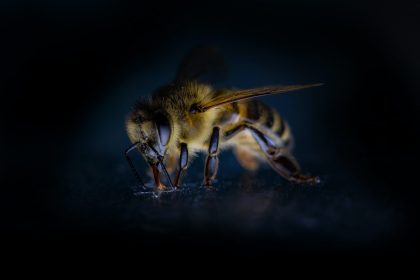Declan Schroeder, is Associate Professor of Veterinary Population Medicine at the Veterinary Diagnostic Laboratory Building, University of Minnesota.
Honey bee (Apis mellifera) populations in many parts of the world are experiencing considerable losses annually. A combination of many factors is responsible for honey bee decline. In particular, the combination of the parasitic mite Varroa destructor (Varroa) and the viruses the mite vectors are major drivers of colony mortality. These include the viruses from Deformed wing virus master variants (DWV-A and DWV-B), Acute bee paralysis virus (ABPV), and its variant Israeli acute paralysis virus (IAPV). More recently, two other viruses are starting to increase in prevalence, namely Sacbrood virus (SBV) and Lake Sinai virus (LSV). Here I will describe the use of new molecular tools to unravel the complexity of co-infections in honey bees that together impact the way we interpret current PCR based surveillance data.
Randy Oliver has kept bees for most of his life, and views beekeeping through the eyes of a biologist, researcher, and nature lover. He makes his living as a commercial beekeeper, and maintains the website ScientificBeekeeping.com. Randy is a popular writer in the bee journals and an invited speaker worldwide, sharing his knowledge of bee biology, colony health issues, and practical beekeeping management.



